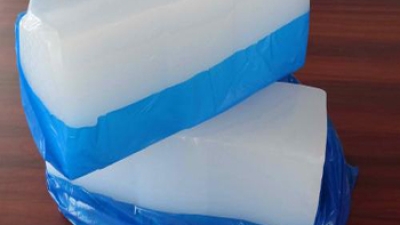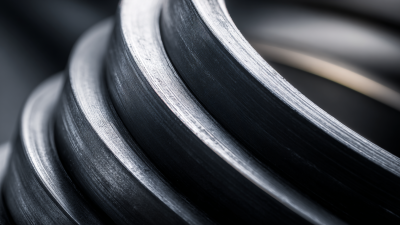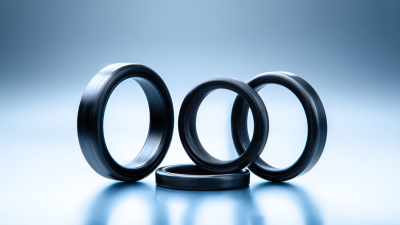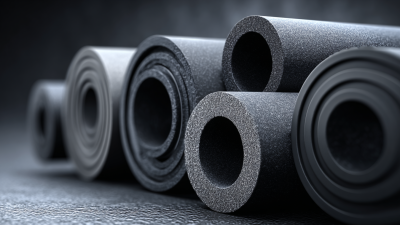The Future of Viton Sponge Rubber in Innovative Industrial Applications
Table of Contents
- The Rising Demand for Viton Sponge Rubber in Robust Industrial Environments
- Key Properties of Viton Sponge Rubber That Drive Innovation in Industry
- Innovative Applications of Viton Sponge Rubber in Aerospace and Automotive Sectors
- Comparative Analysis: Viton Sponge Rubber vs. Traditional Foam Materials
- Future Trends: Sustainability and Advancements in Viton Sponge Rubber Manufacturing
- Market Insights: Projected Growth and Opportunities in Viton Sponge Rubber Applications
- Enhancing Production Efficiency: Insights from the Growing Demand for General Molding Solid Precipitated Silicone Compound in the Industry
- FAQS
- Conclusion
- Related Posts
As industries keep evolving and start using more advanced materials, Viton Sponge Rubber is quickly becoming a go-to choice for all kinds of innovative industrial applications. It’s well-known for its amazing resistance to heat, chemicals, and harsh weather—making it super versatile, especially in tough environments. Sichuan Fudi New Energy Co., Ltd., has been around since 1998, so they bring over 20 years of solid experience in producing and selling fluoroelastomers and other fluorinated rubber materials. That really puts them on the map as a leader in this field. Our team’s expertise in crafting fluoroelastomer base polymers, FKM/FPM precompounds, and other specialized products helps us cater to the diverse needs of clients across different industries. In this blog, we’ll take a closer look at the exciting future of Viton Sponge Rubber—highlighting what makes it stand out, its unique properties, and some of the cool ways it’s already changing up various industries. It’s clear that Viton Sponge Rubber is set to play a key role in the next wave of industrial solutions.
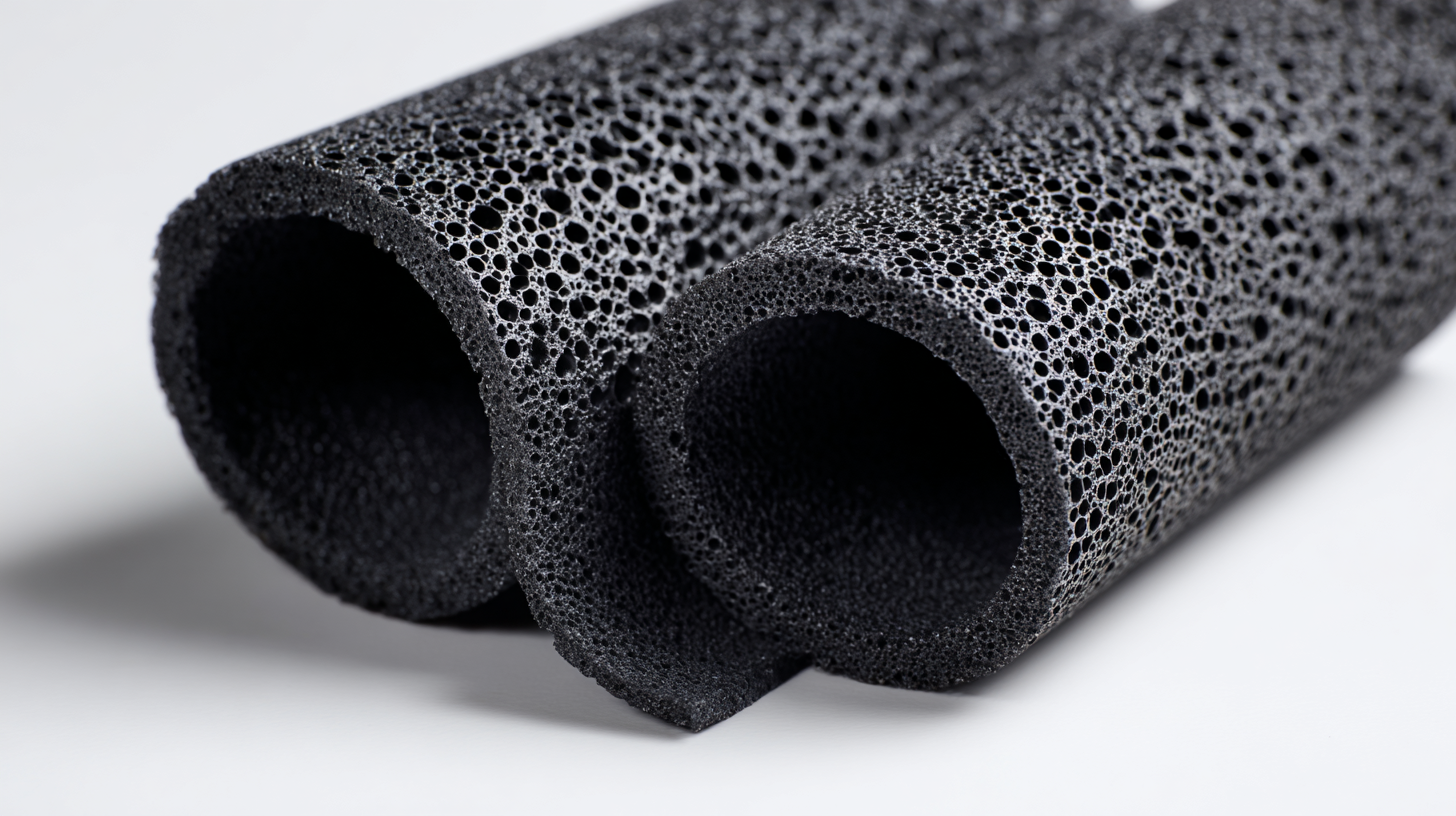
The Rising Demand for Viton Sponge Rubber in Robust Industrial Environments
Viton sponge rubber has really become a go-to material in tough industrial settings these days. You know, everyone’s noticing its pretty unique traits — it’s super resistant to heat, chemicals, and oil, which makes it perfect for all sorts of industries like auto, aerospace, and manufacturing. As more companies look for reliable, durable solutions, the market for Viton sponge rubber is definitely on the rise. In fact, it’s part of a bigger picture—globally, the sponge market is expected to jump from about USD 7.34 billion in 2024 all the way up to roughly USD 11.38 billion by 2033. That’s a pretty big leap. When it comes to choosing Viton sponge rubber for your projects, it’s really worth taking a close look at the environment it’ll be working in. Make sure it can handle the chemicals and temperatures it’ll be exposed to—that way, you get maximum performance and longer life out of it. Also, don’t forget to think about costs—both manufacturing and operational—since those can really add up and impact your budget. If you dig into these details, you’ll be able to take full advantage of what Viton sponge rubber offers, especially as industries keep pushing the envelope with new, innovative applications.
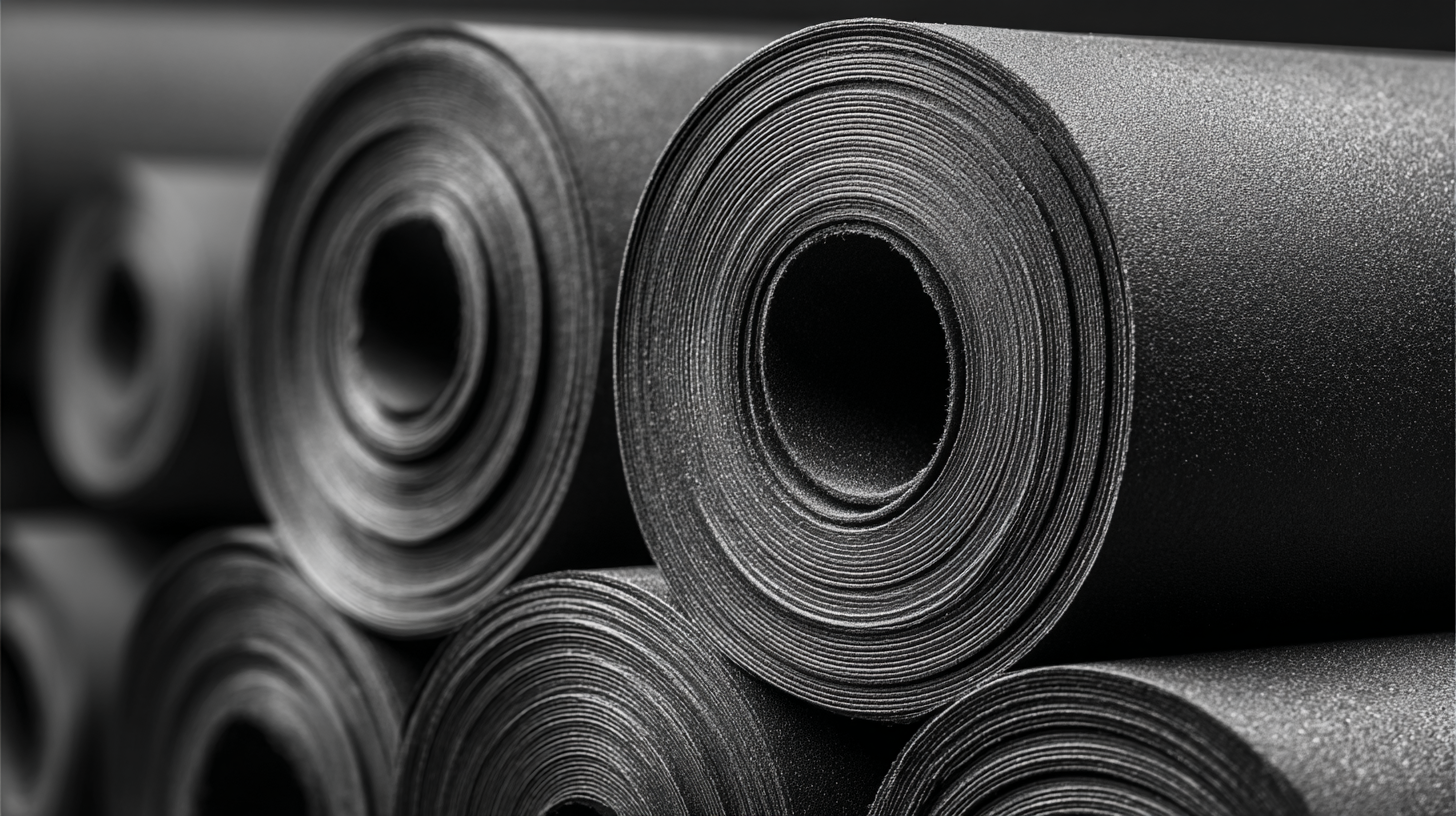
Key Properties of Viton Sponge Rubber That Drive Innovation in Industry
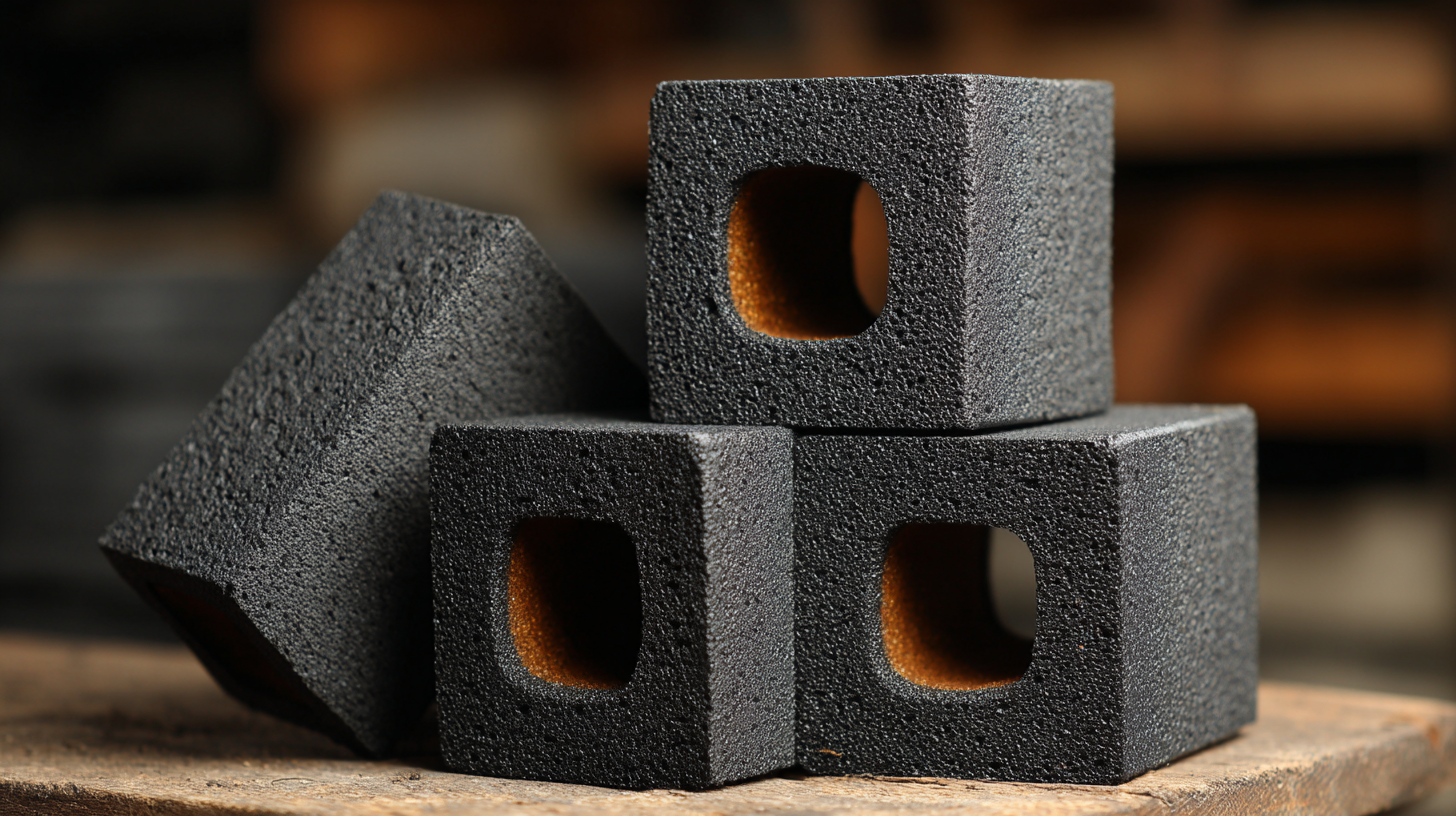 Viton sponge rubber is really starting to get noticed because of some pretty impressive features. Honestly, one of the coolest things about it is how well it handles heat and chemicals—it's super tough and can keep working reliably even in really harsh environments. That makes it a no-brainer for industries like automotive and aerospace, where parts have to deal with extreme conditions without falling apart.
Viton sponge rubber is really starting to get noticed because of some pretty impressive features. Honestly, one of the coolest things about it is how well it handles heat and chemicals—it's super tough and can keep working reliably even in really harsh environments. That makes it a no-brainer for industries like automotive and aerospace, where parts have to deal with extreme conditions without falling apart.
Plus, Viton sponge rubber is incredibly flexible and easy to compress. That means it’s great at creating seals and gaskets that keep everything running smoothly—stuff that's super important for the integrity of mechanical systems. What's also pretty nifty is its lightweight cellular structure, which is a big win when reducing weight matters, like in high-tech machinery and equipment. All these qualities are really helping drive innovation across different sectors, opening doors for cooler designs and boosting how well existing tech performs.
Innovative Applications of Viton Sponge Rubber in Aerospace and Automotive Sectors
Viton sponge rubber is really starting to take off in the aerospace and automotive worlds. People are loving it because it fights off extreme temperatures and harsh chemicals like a champ. That’s why it’s become such a go-to for gaskets, seals, and insulation parts in airplanes and cars. If you’ve been keeping an eye on industry trends, you’ve probably noticed that the global market for foam materials in aerospace is expected to grow quite a lot. A big reason? The need for lightweight, versatile stuff that still gets the job done. Companies are pouring resources into R&D to come up with newer Viton formulas—things that boost performance, make vehicles safer, and trim down weight. All of that adds up to better fuel efficiency and a more sustainable industry — pretty exciting, right?
When you’re thinking about using Viton sponge rubber in your designs, it’s worth paying attention to the environment it’ll be used in. For example, it can handle temperatures from around -40°C all the way up to +205°C, which covers a lot of ground. Also, make sure you pick the right grade or type of Viton for your specific needs, since different formulations come with their own perks — some are more flexible, others more resistant to certain conditions.
As the aerospace and automotive sectors keep pushing the envelope with new innovations, the demand for high-performance materials like Viton sponge rubber is only going to grow. It’s a good idea to stay in the loop about the latest tech and market shifts so you can make the most of what this versatile material has to offer. Checking out industry reports regularly can help you spot new uses and advancements that might improve your products and keep you ahead of the game.
The Future of Viton Sponge Rubber in Innovative Industrial Applications
| Application Sector | Key Properties of Viton Sponge Rubber | Innovative Use Cases | Benefits Over Traditional Materials |
|---|---|---|---|
| Aerospace | High-temperature resistance, excellent chemical stability | Seals and gaskets for high-stress environments | Reduced maintenance costs, enhanced durability |
| Automotive | Resistance to oil, fuel, and extreme temperature fluctuations | Vibration damping components in electric vehicles | Increased performance and longevity of parts |
| Manufacturing | Excellent thermal insulation, lightweight | Soundproofing applications in machinery | Improved working conditions, noise reduction |
| Electronics | Non-conductive, temperature stability | Insulation in high-performance electronics | Enhanced safety and reliability in devices |
Comparative Analysis: Viton Sponge Rubber vs. Traditional Foam Materials
Lately, you’ve probably noticed that the industrial world’s been pretty obsessed with new, advanced materials, especially Viton sponge rubber. Companies are kinda looking for something better than the usual foam materials we’ve relied on forever. If you do a quick side-by-side comparison, it’s clear that Viton sponge rubber beats out traditional foams in a bunch of ways—things like durability, how well it handles high temperatures, and its viscoelastic qualities. Unlike your average foam, which can start to lose its performance when things heat up or cool down, Viton sponge rubber keeps its elasticity and viscous properties much more reliably. That’s a big deal when it’s used in tough environments where consistency really matters.
The way these elastomers behave in terms of viscoelasticity is pretty important across many industries. Recent research shows that typical foam materials tend to weaken in both elastic and viscous traits as temperatures climb. On the flip side, Viton sponge rubber stays pretty steady, even under pressure or stress, which is a huge advantage. This kind of stability makes it a leading choice for innovative applications, helping manufacturers improve product reliability and potentially extend how long products last. As industries keep evolving, I really think shifting towards advanced stuff like Viton sponge rubber might just change the game and set new performance standards across the board.
Future Trends: Sustainability and Advancements in Viton Sponge Rubber Manufacturing
The way Viton sponge rubber is being developed these days is pretty exciting — it might actually change the game for a bunch of industries, especially with everyone talking more and more about sustainability. Did you know that the global market for fluoropolymer products, including Viton, is expected to hit over $9 billion by 2027? That's a solid growth rate of around 5.2% yearly. A lot of that push comes from the demand for eco-friendly materials that still keep up on performance without skimping out?
Lately, manufacturers have been really focusing on making Viton sponge rubber more sustainable, trying out new ways to produce it. For example, they’re incorporating recycled materials more often and using greener chemistry methods — things that weren’t as common before. According to a report from Grand View Research, the market for eco-friendly rubber, including Viton, is set to grow a lot, driven by the world’s push to cut down on carbon emissions. This shift isn’t just about meeting regulations; it also lines up with what consumers want — products that are good for the planet. And because of that, you’re seeing wider adoption across industries like automotive, aerospace, and construction. All these innovations are really helping pave the way to a more sustainable future for Viton sponge rubber.
Market Insights: Projected Growth and Opportunities in Viton Sponge Rubber Applications
So, it looks like the global market for Viton sponge rubber is set to grow really significantly in the coming years. This is mainly because next-gen applications across a bunch of different industries are really pushing demand — people are looking for materials that can handle extreme conditions and last longer. Honestly, as industries focus more on durability, Viton sponge rubber is becoming pretty essential. Plus, if you look at the bigger picture — the data science platform market is projected to jump from around $133 billion in 2024 to almost $777 billion by 2032, growing at about 24.7% annually. That trend towards digital transformation means high-performance materials like Viton are more important than ever in manufacturing and tech innovations. Oh, and things get even more interesting with the expanding generative AI market — expected to grow from roughly $67 billion in 2024 all the way up to nearly $968 billion by 2032. In such high-tech spaces, Viton’s resistance to chemicals and extreme temperatures makes it a real game-changer, especially in industries like aerospace, automotive, and electronics. And let’s not forget the augmented reality scene — predicted to grow from about $140 billion in 2025 to over $1700 billion (yes, really!) by 2032. That’s a huge boost, showing how new tech and advanced materials are coming together. All in all, there’s a ton of potential for Viton sponge rubber to really shine in these cutting-edge applications — the future looks pretty promising!
The Future of Viton Sponge Rubber in Innovative Industrial Applications
This chart illustrates the projected growth and opportunities in the various industrial applications of Viton sponge rubber from 2023 to 2028. The data is based on market analysis and trends in automotive, aerospace, and healthcare industries.
Enhancing Production Efficiency: Insights from the Growing Demand for General Molding Solid Precipitated Silicone Compound in the Industry
The demand for general molding solid precipitated silicone compounds is notably surging in various industries, driven by the need for enhanced production efficiency and the superior properties these materials offer. As highlighted in recent industry reports, the global silicone rubber market is expected to reach USD 14.78 billion by 2024, with a significant portion stemming from the increased usage of precipitated silicone rubber. This compound's unique characteristics, such as high thermal stability and excellent mechanical performance, make it a prime choice for applications ranging from automotive to electronics.
Within this context, platinum silicone rubber has emerged as a crucial player, lauded for its biocompatibility and low toxicity, making it ideal for healthcare applications. Meanwhile, liquid silicone rubber is becoming increasingly popular in industries requiring intricate designs due to its ease of processing and versatility. Additionally, fumed silicone rubber, known for its outstanding electrical insulation properties, is gaining traction in electronic and electrical applications. These silicone variants exemplify how innovation in silicone technology is paving the way for improved efficiencies, meeting the growing demand across sectors.
Furthermore, the recent expansion of production capacities among leading manufacturers indicates a robust market response to these emerging trends. The anticipated growth in the automobile and consumer goods markets is expected to further propel the demand for precipitated silicone rubber and its derivatives, solidifying their role as essential materials in advancing industrial applications.
FAQS
: Viton sponge rubber is known for its exceptional resistance to heat and chemical exposure, excellent elasticity and compressibility, as well as a lightweight nature due to its unique cellular structure.
Viton sponge rubber is commonly used in the automotive, aerospace, and electronics industries, particularly in applications that require components to withstand extreme conditions.
Its excellent elasticity and compressibility enable it to create effective seals and gaskets, which are crucial for maintaining integrity in mechanical systems.
The projected growth is driven by an increasing demand for durable materials that can resist extreme conditions across various industries, particularly as industries adapt to digital transformation.
As the global market for data science and generative AI expands, the integration of high-performance materials like Viton sponge rubber becomes crucial for advanced manufacturing processes.
The growth of markets such as augmented reality, alongside advancements in aerospace and automotive sectors, highlights the intersection of innovative technologies with advanced materials like Viton sponge rubber.
The lightweight nature of Viton sponge rubber is advantageous in the design of cutting-edge machinery and equipment, where weight reduction is essential.
Its unparalleled resistance to chemicals and high temperatures positions Viton sponge rubber as a vital component in environments requiring reliable performance under extreme conditions.
Conclusion
Looking ahead, the future of Viton Sponge Rubber really seems bright across many different industries, especially as demand grows for materials that can handle tough environments. This elastomer's amazing features — like its ability to withstand extreme temperatures and resist chemicals — are opening up new possibilities and driving innovation everywhere. For instance, in the aerospace and automotive worlds, we're seeing new application ideas popping up all the time, proving that Viton Sponge Rubber just outperforms those old-school foam options when it comes to durability and usefulness.
As we move into the future, trends like sustainability and smarter manufacturing are only going to make Viton Sponge Rubber even more appealing. Market data suggests there are some pretty exciting growth opportunities on the horizon, making it a go-to choice for companies looking to amp up performance without sacrificing environmental responsibility. Companies like Sichuan Fudi New Energy Co., Ltd., with over two decades of experience in fluoroelastomer production, are really well-placed to lead the charge. They're supporting the increasing use of Viton Sponge Rubber in all these cutting-edge applications, which is pretty cool to watch unfold.
Blog Tags:

Charlotte
-

Phone
-

E-mail
-

Whatsapp
-

Top




